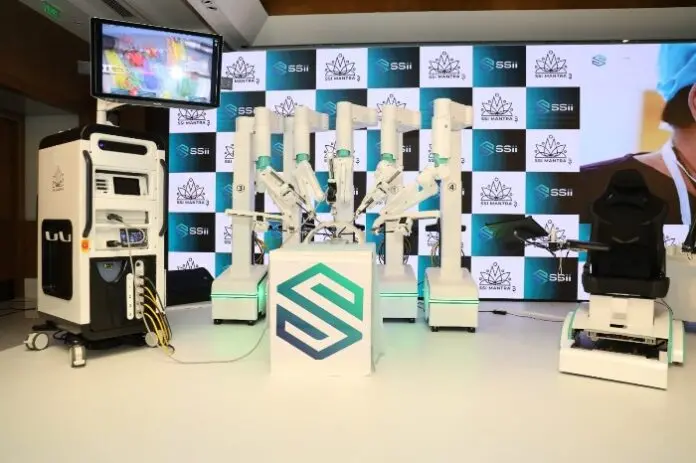
New Delhi, June 19 -- Robotic surgery has emerged as one of the most significant advancements in modern medicine, offering precision, minimally invasive techniques, and faster recovery times. Yet despite its growing presence in operating rooms worldwide, misconceptions persist.
Let's set the record straight by busting some of the most common myths about robotic-assisted surgery.
Myth 1: Robotic surgery is performed entirely by robots.
Reality: The term "robotic surgery" is a bit misleading. It's always a surgeon in control-operating through a robotic interface that enhances their precision and dexterity. The robot is an advanced tool, not an autonomous surgeon.
Myth 2: It's only used for extremely complex procedures.
Reality: While robotic systems are ideal for complex surgeries, they're also widely used for routine procedures in fields like gynaecology, urology, ENT, general surgery, and more. Their value lies in precision, not just complexity.
Myth 3: Robots are replacing human surgeons.
Reality: Robotic systems do not and cannot replace a surgeon's expertise. They are extensions of the surgeon's hands and eyes, offering better control, range of motion, and 3D visualization.
Myth 4: Robotic surgery is too expensive to be practical.
Reality: As the technology matures, costs are coming down. More systems are becoming economically viable for a broader range of hospitals, including smaller and rural institutions. It's no longer limited to elite medical centres.
Myth 5: Traditional surgery is always safer.
Reality: Robotic-assisted surgery often results in smaller incisions, reduced blood loss, less postoperative pain, and quicker recovery times. These factors can translate to fewer complications and shorter hospital stays.
Myth 6: There's no real difference between robotic and laparoscopic surgery.
Reality: Though both are minimally invasive, robotic systems provide wristed instruments, tremor filtration, and 3D HD vision. This gives surgeons better control and precision-especially in hard-to-reach anatomical areas.
Myth 7: Robotic surgery has a higher risk of complications.
Reality: Clinical data shows that robotic-assisted procedures can actually reduce the risks associated with open surgery, such as infection or excessive bleeding. Better visualization and control can lead to safer outcomes.
Myth 8: Only large, urban hospitals can afford robotic systems.
Reality: Technological advancements and growing demand have made robotic systems more accessible and scalable. Increasingly, smaller and community hospitals are integrating this technology into their surgical programs.
Myth 9: Robotic surgery is only relevant to a few medical fields.
Reality: Robotic assistance is being used in an expanding range of specialties, from cardiology and oncology to pediatrics and endocrinology. It's a cross-disciplinary innovation that continues to evolve.
Myth 10: Recovery after robotic surgery takes longer.
Reality: Patients typically benefit from quicker recovery, reduced hospital stays, and minimal scarring. Robotic procedures are often less invasive, leading to faster return to normal life.
